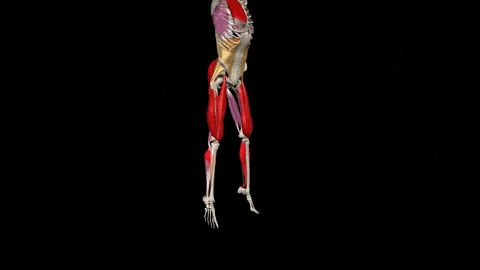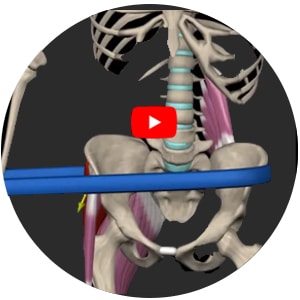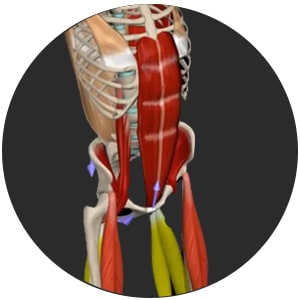How to Burpee like a champ
Why should I be doing Burpees?
Above all, because it’s an excellent full-body, strength-training exercise. It is the perfect exercise for training strength and cardio endurance at the same time
Doing Burpees will make you engage and strengthens so many different muscles and parts of your body all at the same time. And the best part is you can do it anywhere, anytime, without any extra equipment.
But as we all know, with great power comes great responsibility. Because it’s such a powerful exercise, it needs to be well performed in order to reduce the risk of injury. Let’s see how it should be done.
Let’s start with the basic steps of the exercise:
➔ Stand with legs at shoulder width
➔ Drop into a squat
➔ Bring your hands to the floor in front of you
➔ Jump with your feet into a plank
➔ Do a fast push up (just if you want to)
➔ Jump back with your legs toward your hands
➔ Lift your hands off the floor back into the squat position
➔ Without stopping stand or jump back up into a standing position
Where can it go wrong?
The movement from the bottom of the squat to the pushup position and back to the bottom of the squat requires a large amount of hip flexion. In most cases, the back has to round in order to reach the floor from the Squat and back to the squat. It requires some impressive flexibility to keep your back straight throughout this whole exercise.
The explosive flexion of the spine can be problematic mostly to trainees with a minimal ability to flex the hip or the lumbar spine (due to functional rigidity in the lower back muscles or structural stiffness in the lumbar vertebrae such as Flat Back).
In these cases, we recommend avoiding explosive flexion movements.
The deep flexion at the hip may create a PPT due to a limited range of motion in the hip joint. Repeating this motion over and over again can lead to pain and injury among trainees with different back issues.
So what’s the solution?
1. Put your hands forward. Bring yourself more into an all-fours position with your knees in the air.
2. Use a bench to put your hands on, rather than on the floor. That will make it easier to keep a straight back since you won’t have to bring your hands as low.
3. Always favor quality over speed. Keep in mind that you’ll gain substantially more from this exercise if you do it slowly and with proper form than if you do it quickly and with bad form. With time and repetition, you’ll be able to increase your speed while maintaining the correct form.
4. The Burpee isn’t for everyone. People with a limited range of motion in the hip joint or with different back problems have many other possibilities to train their cardio and the same target muscles without putting their back at risk.
Many exercises will work on a specific muscle or muscle group, but this one will work on your glutes, quads, core and shoulders, AND will make you improve your cardio. It’s all the win.
Target Muscles
➔ Quadriceps Femoris
➔ Gluteus Maximus
➔ Pectoralis Major
Synergists
➔ Triceps Brachii
➔ Serratus Anterior
➔ Hamstrings
➔ Adductor Magnus
Stabilizers
➔ Abdominal Muscles
➔ Erector Spinae
➔ Gluteus Medius
➔ Pelvic Diaphragm (male)
Upgrade your knowledge, get new ideas, work smart
Become an expert in what you do.
Want to know more? Log in to our Strength Training App. Enrich your knowledge with more than 900 exercises with full Anatomical Analysis and Common Mistakes to avoid.



